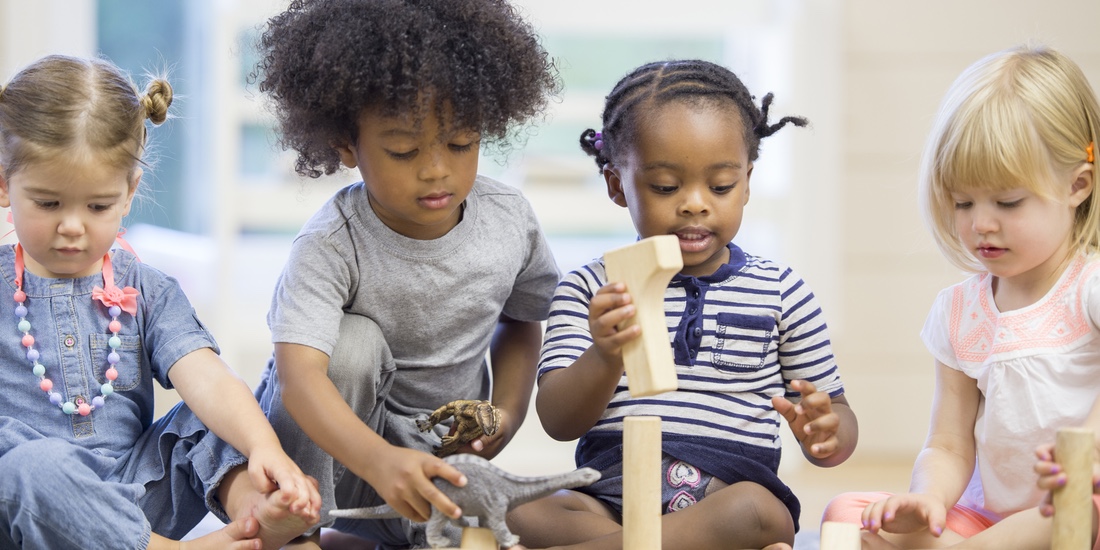How do you know if your child is experiencing a developmental “bump”? How do you know if it is time to seek outside help in the form of an evaluation or developmental assessment? These are a few guideposts to help you along the way.
– Eileen Kennedy-Moore, Smart Parenting for Smart Kids: Nurturing Your Child’s True Potential
Learn
- “Is this normal?”
- “When should I be concerned?”
- “Do all kids go through a phase like this?”
- “Should we get an assessment?”
- “I know I am not supposed to compare, but my older child didn’t struggle with this.”
These are common questions we teachers are often asked by parents of young children. It’s common to want to understand your child’s development, gauge if they’re meeting developmental milestones and determine whether there should be concern. This topic especially arises when considering kindergarten placement and children’s learning, social skills, and behavior are being scrutinized for “readiness”.
Basic Concepts
- Development happens on a continuum. Development is unique!
- No two children are exactly alike, not even identical twins! Typical development isn’t the same for everyone and it isn’t linear. When you look at growth milestone charts, you’ll notice there is an age range. That’s because every child’s development is influenced by their learning styles, sensory-social styles, temperament and experience. Every child is learning on a developmental continuum.
- Culture, family / community and environment influence development – To fully understand a child’s development, we must view them through the lens of culture, family and environment. Children are affected by the people and world around them.
- Culture – Every child is influenced by his or her cultural and linguistic context.
- Family / Community – How our families and communities communicate, share values, construct meaning about acceptable and unacceptable behavior, and interact socially are all part of how children develop their worldview, approaches to learning and interpersonal skills. For example, when families are experiencing stress factors, it is typical for children to regress in an area of development for a short while. If families value spoken communication, a child may develop writing skills later. If families interact socially through physicality, a child may be be learning about the spectrum of interpersonal boundaries.
- All areas of development are interrelated.
- Development is a complex, neuro-physiological process. When our brain is working really hard developing new pathways in one area, less energy is spent on other areas. For example, when a child is working really hard on mastering a skill like walking, they may use less language. A child who is suddenly clicking with the written alphabet may want to write and draw all day long instead of playing with friends. Leaps forward and two steps back are all part of normal child development. Only when we learn to authentically integrate a skill into our repertoire and apply it to other situations, do we learn across multiple developmental areas.
Just Remember
- Development happens on a continuum and is unique.
- Development is cumulative and interrelated.
Do
Core Marbles
Things to Consider
- Leaps forward and regression are expected in typical development.
- Partner with an experienced Early Childhood Educator or Child Development Specialist to deeply understand your child’s unique developmental profile.
- Share your cultural values with your child’s teachers. The more information they have about your child’s context, the more equipped they’ll be at supporting your child.
- If your child’s behavior, communication or motor skills stops them from joyfully and meaningfully participating in school or making friends, consult an early childhood expert for advice and/or referrals.
- Referrals to specialists should be thought of as information-gathering to give your child everything they need to grow, learn and thrive.
